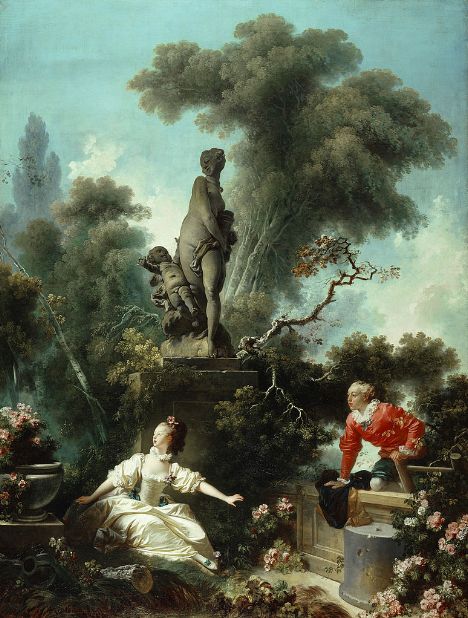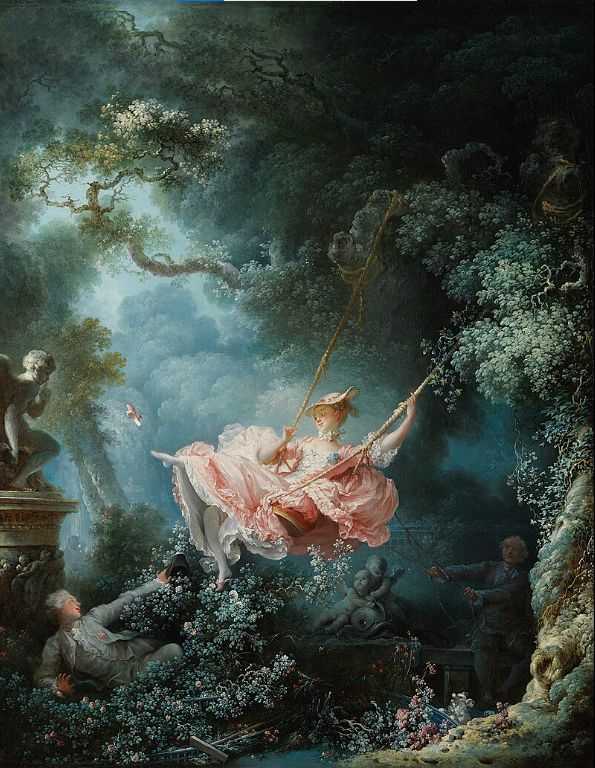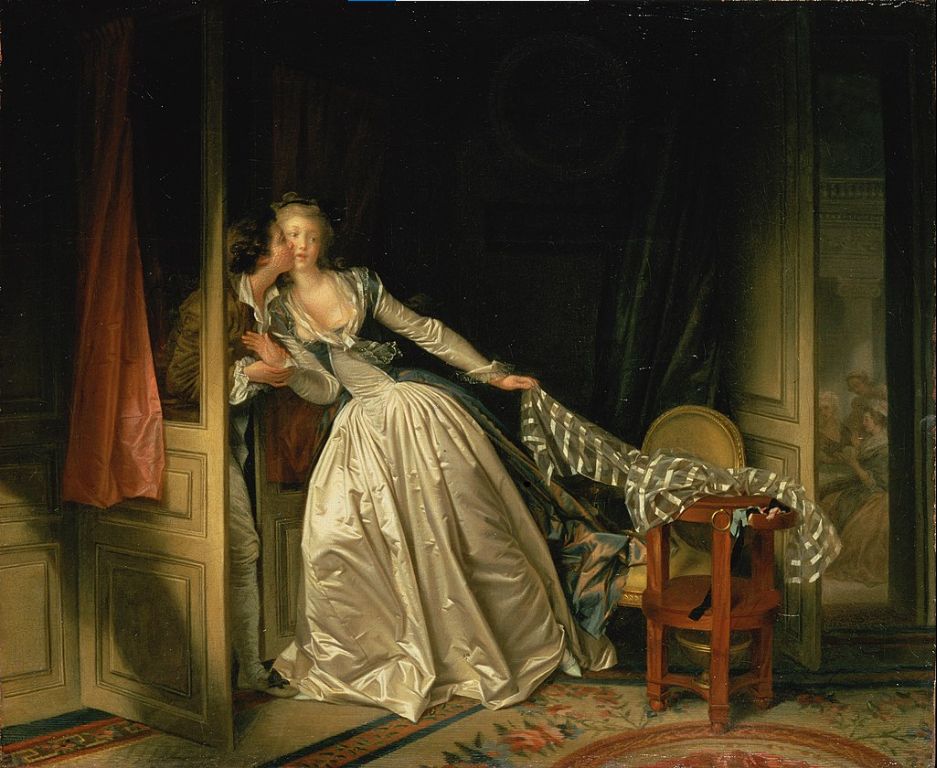Jean-Honoré Fragonard (1732-1806) was a prominent figure of 18th-century French Rococo art, known for his intense emotions and gentle, romantic style. His early artistic development was significantly influenced by two masters of his time: Chardin and Boucher. These artists' styles had a profound impact on his early creations. In 1765, Fragonard completed his first major painting, which was not only acquired by the French royal family but also received recognition from members of the Academy. Despite never becoming an academic painter or frequently exhibiting in the Salon, Fragonard's talents in drawing and painting were highly appreciated by private collectors in Paris, allowing him to rise above the official art system.
One of Fragonard's masterpieces, "The Progress of Love," was commissioned by Madame du Barry, the mistress of Louis XV, for a pavilion in Louveciennes. This series consists of four scenes, each set in lush gardens with blooming flowers, statues, and stone railings. In the first painting, a delicate girl is startled by a young man climbing over a wall. The composition is filled with upward and outward shooting lines, creating a sudden burst of energy that echoes the theme. The girl in pure white clothing is the central figure in each painting, and everything seems to come alive with excitement as the young man descends the wall. Flowers and leaves appear to tremble with excitement, and even the statues seem animated. The entire painting pulsates with the energy of love, depicted through vibrant, high-brightness colors.

However, despite the vibrant romance of "The Progress of Love," Madame du Barry eventually decided the series was not suitable for her new pavilion and returned the paintings to Fragonard. She then commissioned Joseph-Marie Vien, whose classical and solemn style, featuring ancient costumes and emphasizing emotional expression rather than natural passion, was more aligned with the artistic trends of the late 18th century. This shift reflects the growing criticism and opposition to Rococo art at the time.
Rococo art, as a reflection of 18th-century French culture, was celebrated for its lightness, elegance, and refinement. Fragonard's works not only continued this tradition but also infused it with new vitality. His paintings are full of drama and movement, expertly expressing emotions and scenes through delicate brushwork and rich colors. Whether in "The Swing" or "The Stolen Kiss," Fragonard demonstrated his exceptional artistic talent and profound understanding of human emotions.


Through his works, Fragonard captured the essence of Rococo art while showcasing his unique style and love for life. His paintings are not only treasures of 18th-century French art but also significant legacies in the history of human art. Through his paintings, we can feel the charm and romance of his era, as well as the artist's pursuit of beauty and keen insight into emotions.